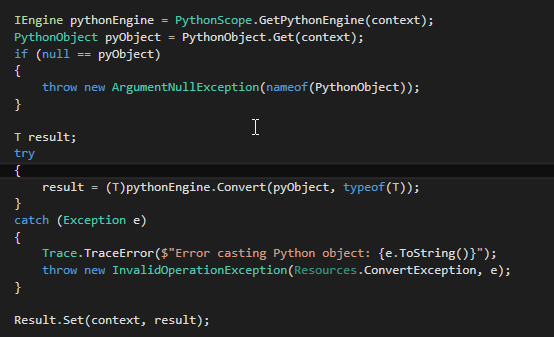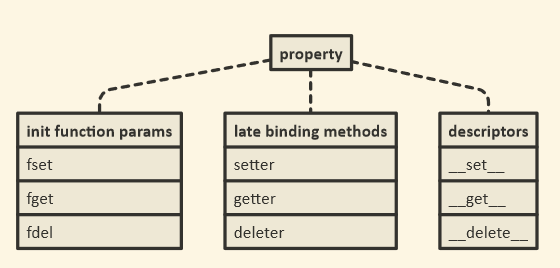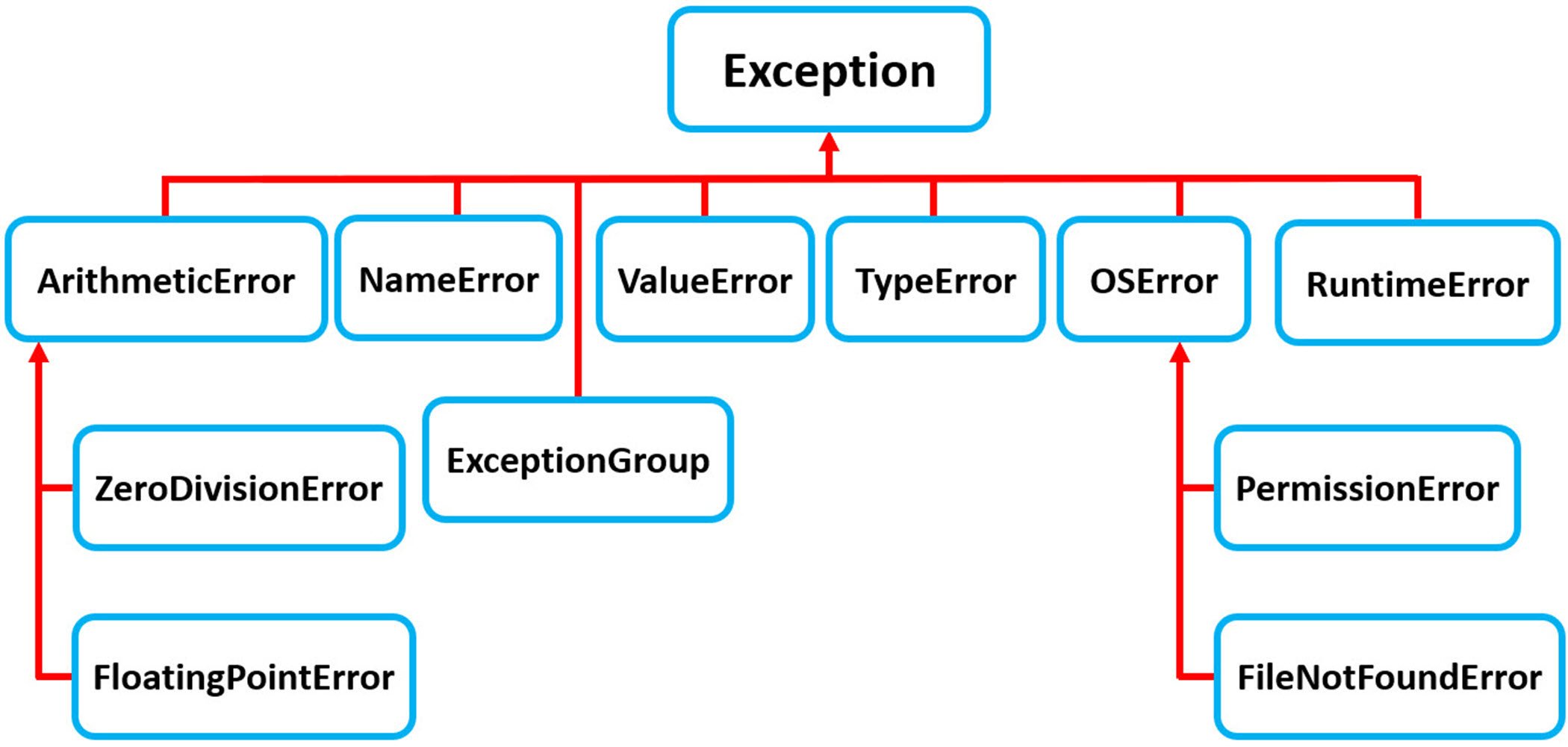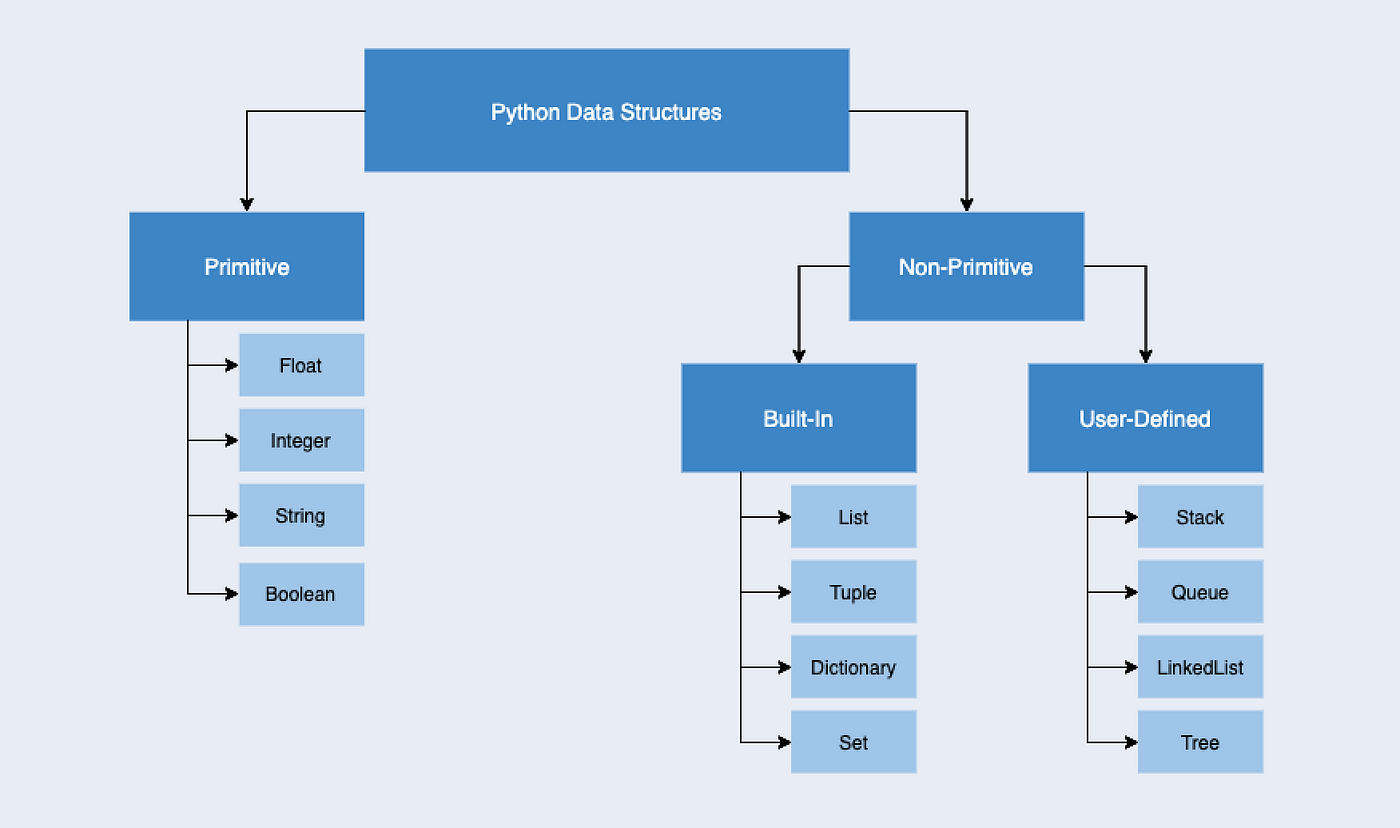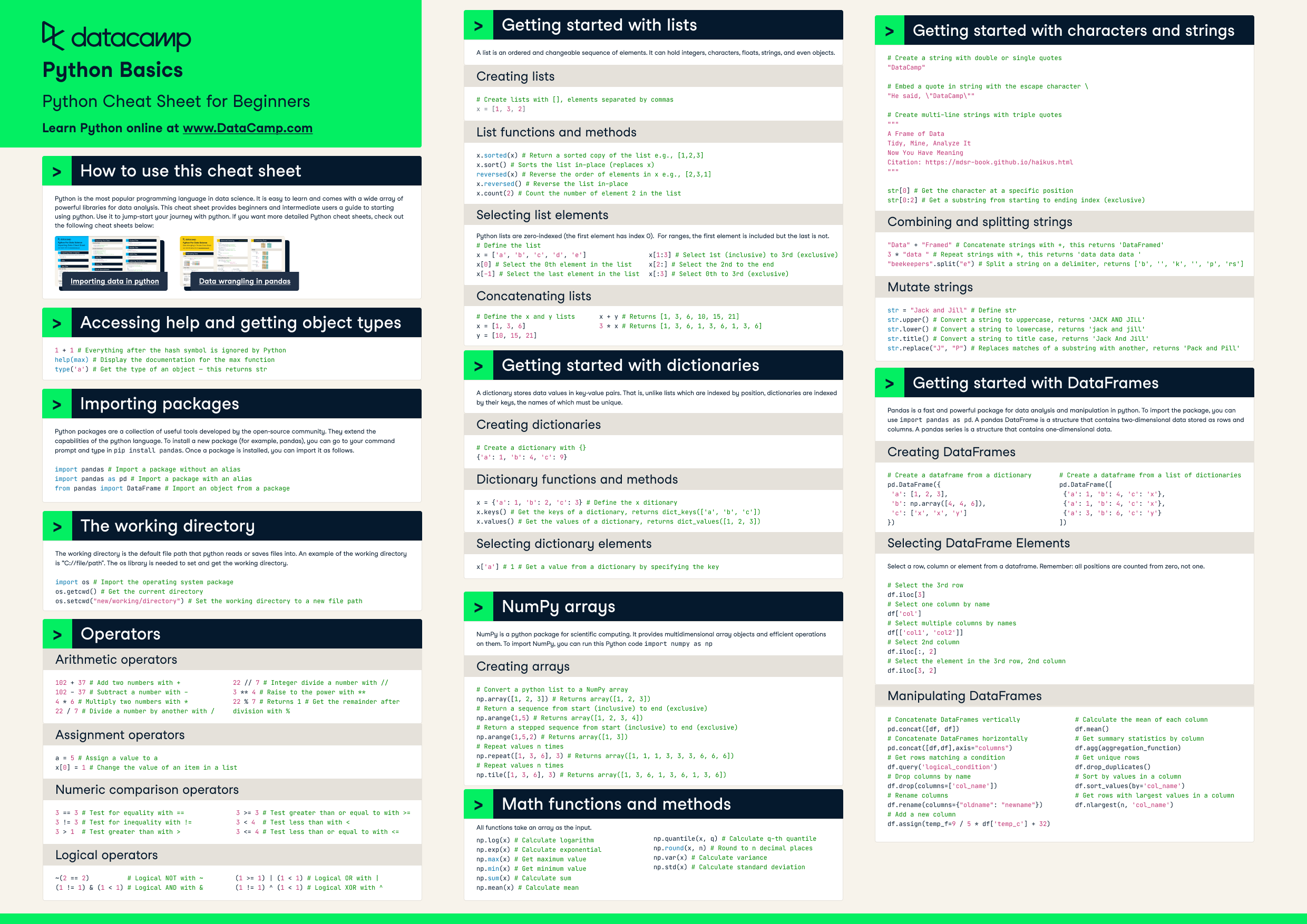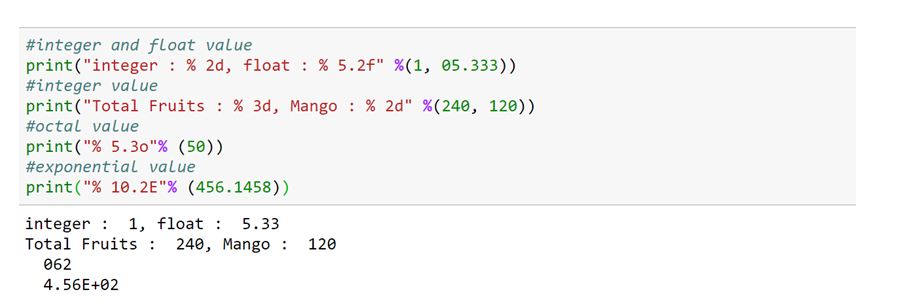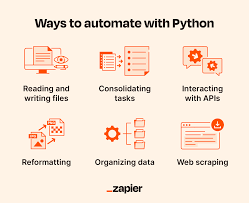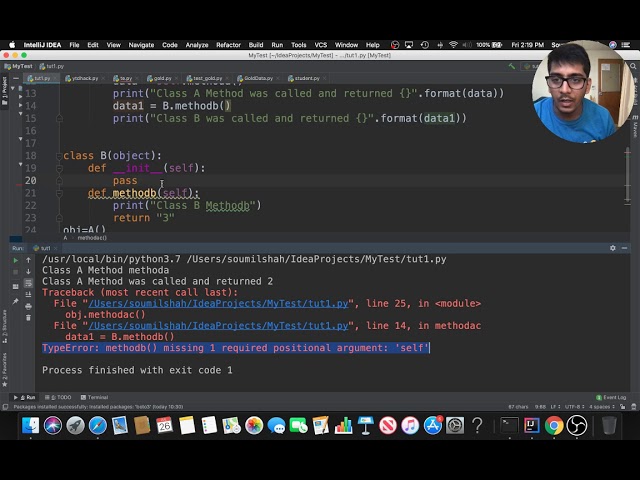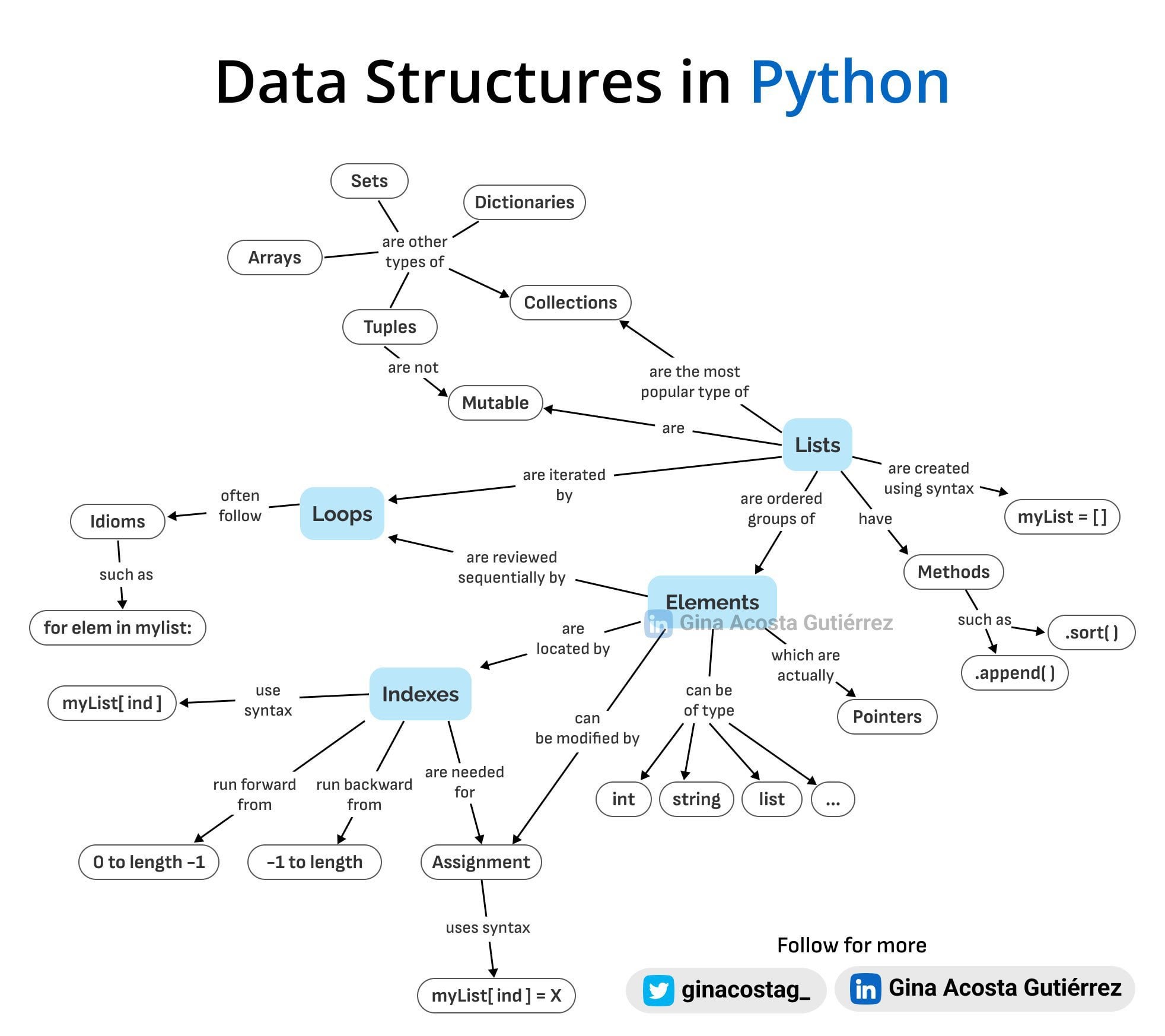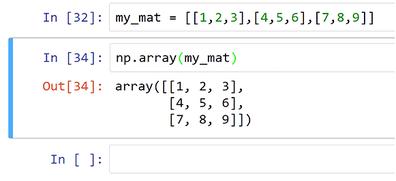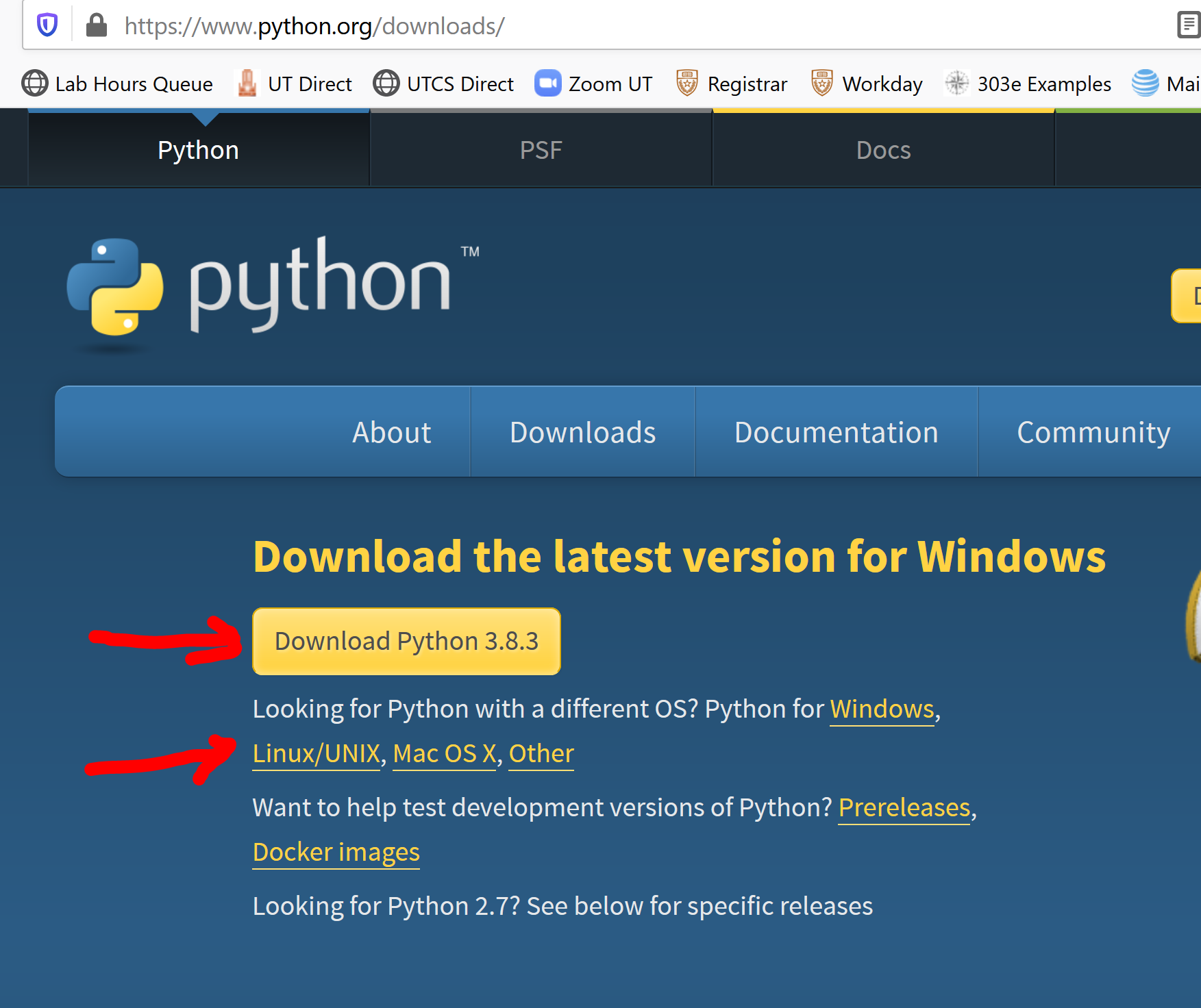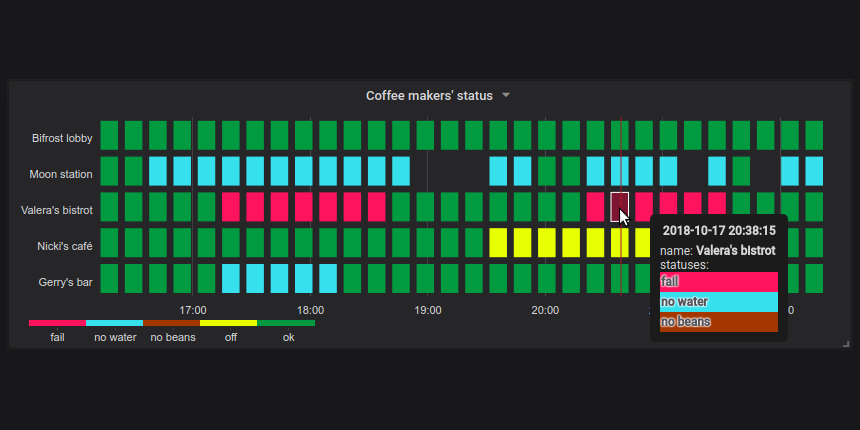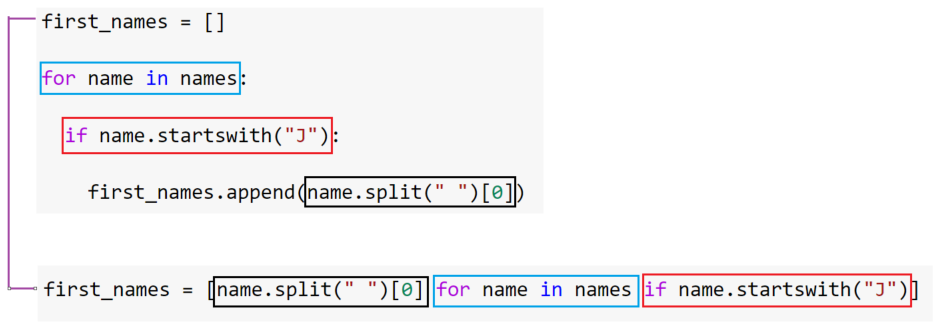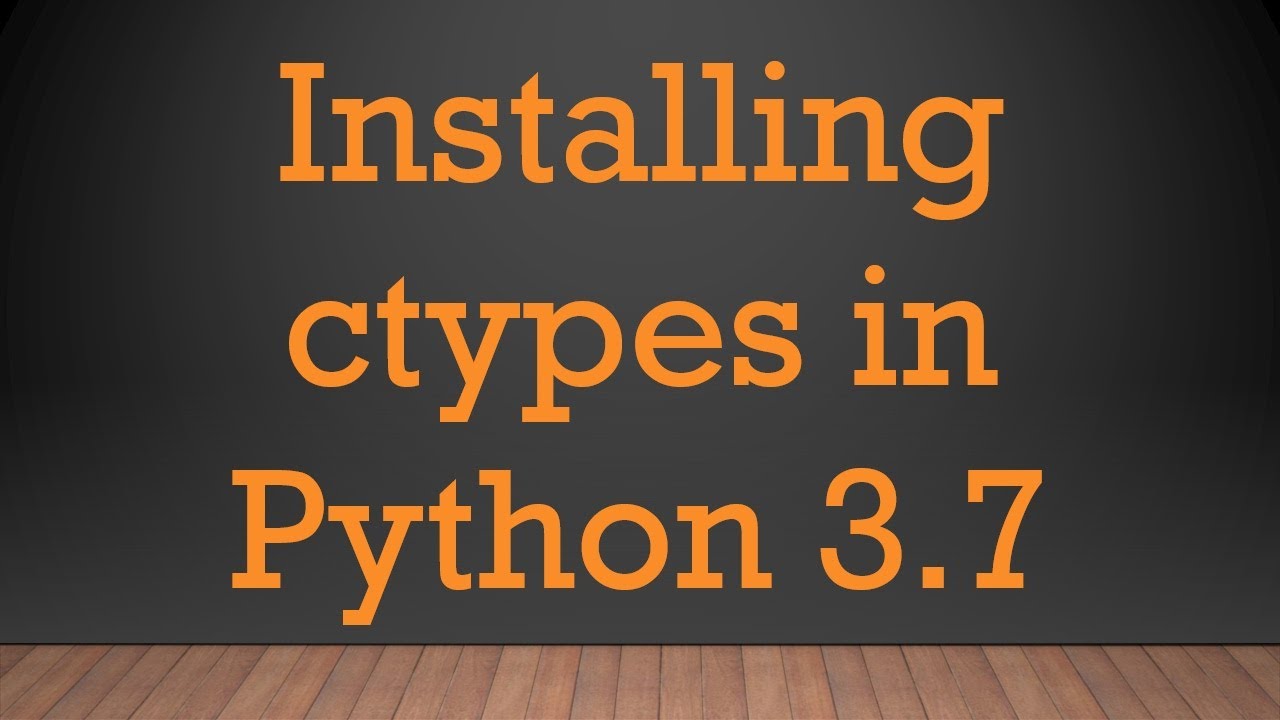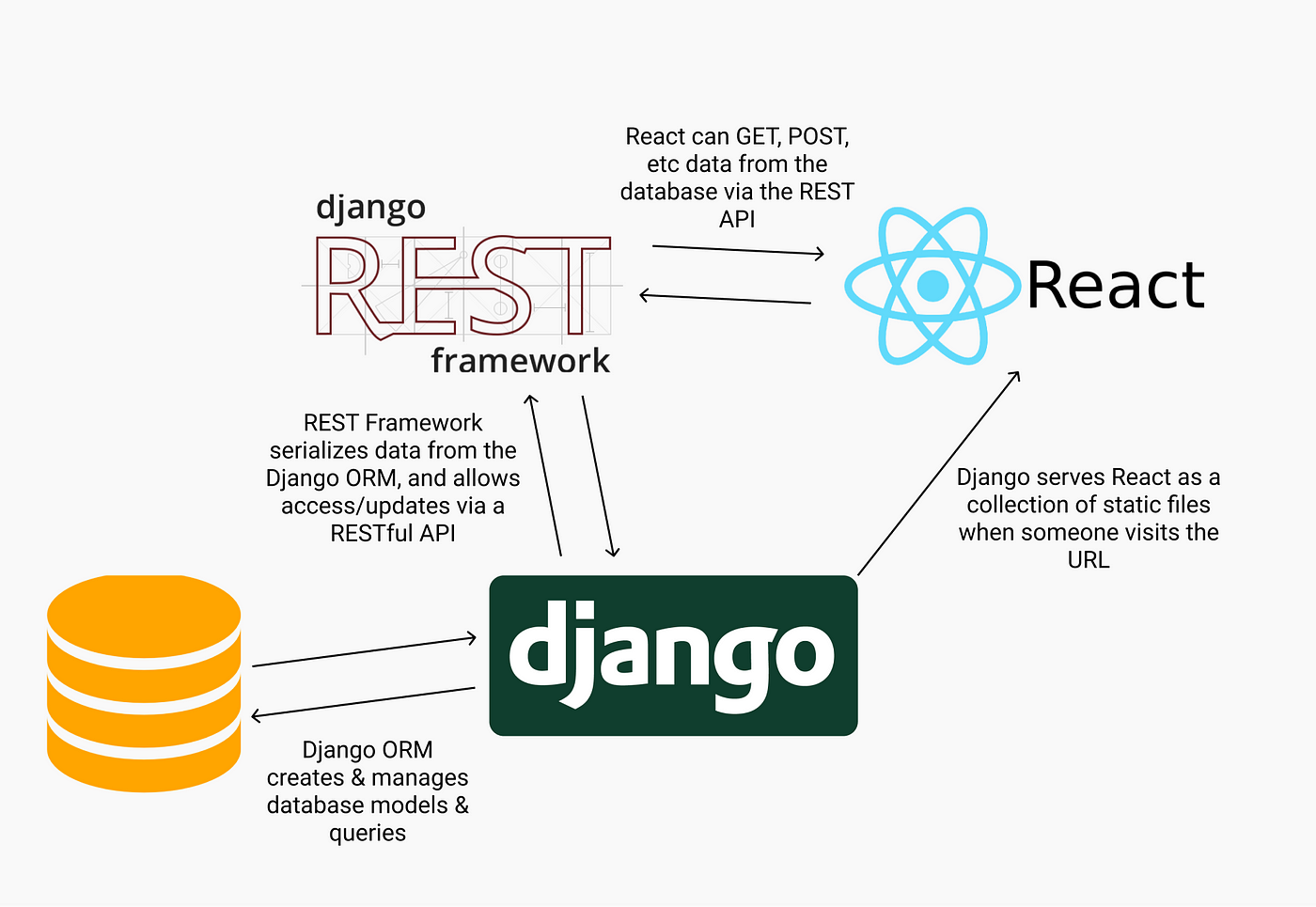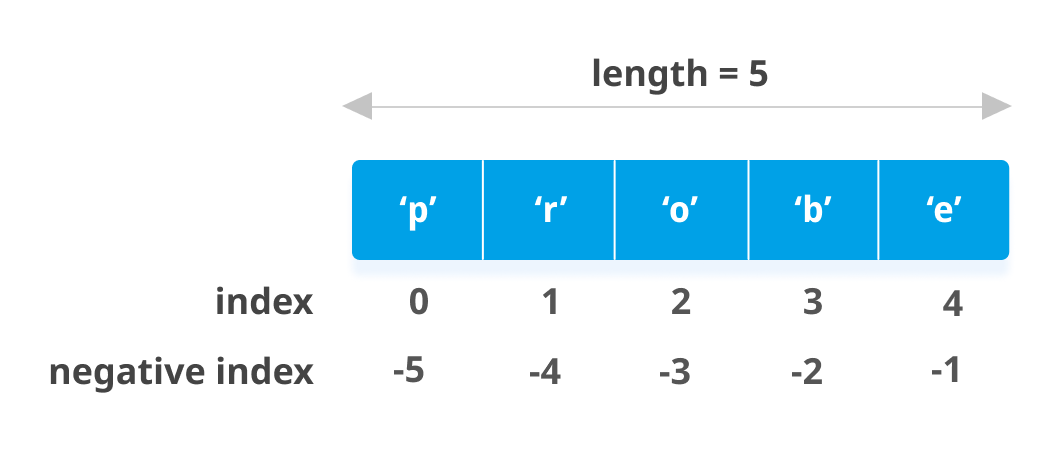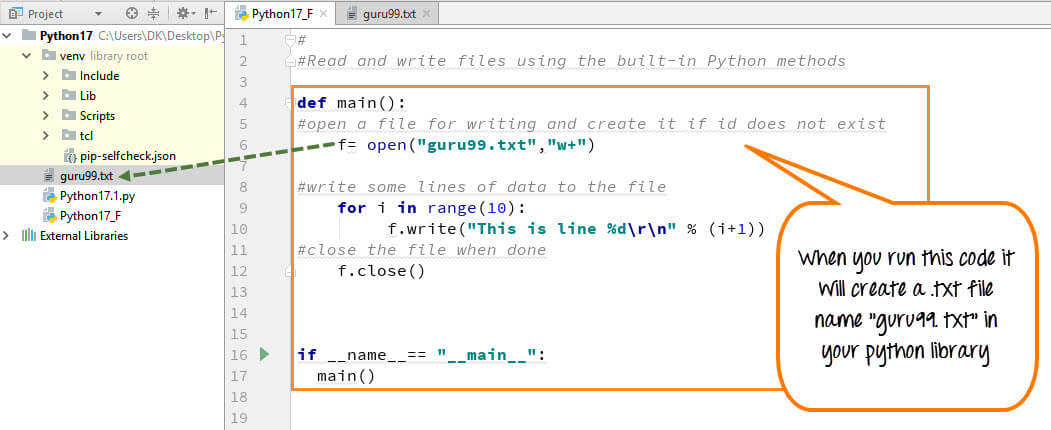How do I schedule a Python script in crontab?
How do I schedule a Python script in crontab?
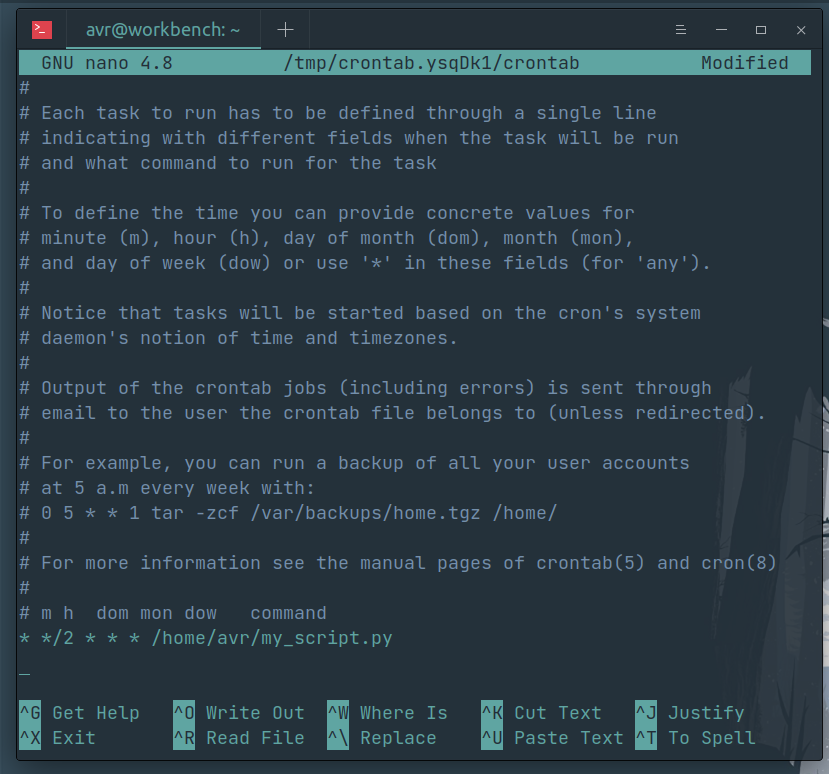
Scheduling a Python script to run at specific times or intervals using cron is a straightforward process. Here's a step-by-step guide on how to do it:
What is cron?
cron is a time-based job scheduler that runs commands or scripts at specified times or frequencies. It's a built-in utility in Unix-like operating systems, including Linux and macOS.
Preparing your Python script
Before scheduling your Python script, make sure it's executable and has the correct shebang line (the first line of the file). If you're using a virtual environment, ensure that the cron job is run under the same user as the virtual environment. You can check this by running which python to see where the python command is located.
Here's an example Python script (myscript.py) that simply prints "Hello, world!" to the console:
#!/usr/bin/env python3
print("Hello, world!")
Make sure you have a shebang line (the first line) indicating the interpreter and its path. In this case, we're using python3.
Scheduling your Python script with cron
To schedule your Python script, follow these steps:
Open your terminal: Open a terminal window on your Linux or macOS machine. Run thecrontab command: Type crontab -e to edit your crontab file. This will open your default text editor (e.g., vim, nano, or emacs) with your current cron jobs.
Here's an example of how you can schedule your Python script to run at 2:30 AM every day:
30 2 * * * /path/to/your/script/myscript.py
Let's break down the fields:
30: The minute (0-59) when the job should be executed. In this case, we're running the script at 2:30 AM. 2: The hour (0-23) of the day when the job should be executed. Here, we're running it at 2 AM. *: The day of the month (1-31). The asterisk (*) means "any" value for this field. *: The month (1-12). *: The day of the week (0-6), where Sunday is 0 and Saturday is 6. The asterisk (*) again means "any" value for this field.
The final field /path/to/your/script/myscript.py specifies the command to be executed when the job runs. Make sure you have write permissions to the directory and that the script file has execute permissions.
Save and exit
Once you've entered the cron job, save the changes by pressing Ctrl+S (or Cmd+S on a Mac) and then exit your text editor.
Verify the cron job
Run crontab -l to list all the scheduled jobs. You should see your Python script listed among them.
Running the cron job
The next time the specified minute, hour, day, month, or week occurs, your Python script will be executed automatically!
That's it! You've successfully scheduled a Python script using cron.
How to set a cron job in Python?

I'll respond in English for this specific request.
Setting up a cron job in Python is a bit unconventional, as cron jobs are typically used for running shell scripts or commands at specific times or intervals. However, you can still use Python to schedule tasks using various libraries and tools. Here's a comprehensive guide on how to set up a cron job-like functionality using Python:
Option 1: Using the apscheduler library
The apscheduler library is a powerful scheduling tool for Python that allows you to schedule tasks to run at specific times or intervals. You can use it as an alternative to traditional cron jobs.
Here's how to set up a simple scheduler using apscheduler:
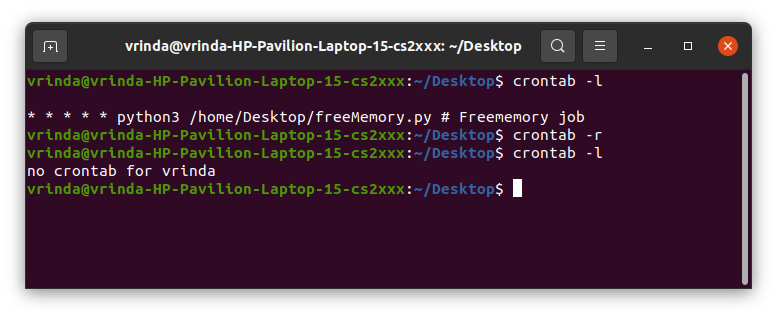
import apscheduler.schedulers.blocking as sched
def my_task():
print("My task is running!")
Define the job to be executed every 5 minutes
job = sched.AppenderJob("my_job", my_task, "*/5 * * * *")
Start the scheduler
sched.start()
while True:
time.sleep(1) # Keep the process alive
In this example, we define a simple task my_task() that prints a message to the console. We then create an AppenderJob object with the job name, function to be executed, and the schedule (in this case, every 5 minutes).
Option 2: Using the schedule library
Another popular scheduling library for Python is schedule. You can use it to schedule tasks using a simple syntax.
Here's how to set up a scheduler using schedule:
import schedule
import time
def my_task():
print("My task is running!")
Define the job to be executed every 5 minutes
schedule.every(5).minutes.do(my_task) # Every 5 minutes
while True:
schedule.run_pending() # Run any pending tasks
time.sleep(1) # Keep the process alive
In this example, we define a simple task my_task() that prints a message to the console. We then use the schedule library to schedule the task every 5 minutes using the .every() method.
Option 3: Using a cloud-based scheduling service
If you want to avoid setting up your own scheduler and prefer a cloud-based solution, you can use services like:
Zapier: A popular automation tool that allows you to connect apps and automate workflows. IFTTT (If This Then That): A simple automation tool that lets you create custom recipes for executing tasks.
Both of these services offer a graphical interface for creating scheduled tasks. You can use Python libraries like requests or pyzmq to interact with these services programmatically, but this option is more geared towards automating workflows rather than setting up a cron job-like functionality.
Conclusion
While there are no traditional cron jobs in Python, you can still achieve similar scheduling functionality using various libraries and tools. The apscheduler library provides a powerful way to schedule tasks, while the schedule library offers a simpler syntax for basic scheduling needs. If you prefer cloud-based solutions, services like Zapier or IFTTT provide an alternative route.
Keep in mind that these options are not direct replacements for traditional cron jobs, as they may have different syntax and functionality. However, they can help you achieve similar scheduling goals with Python.
